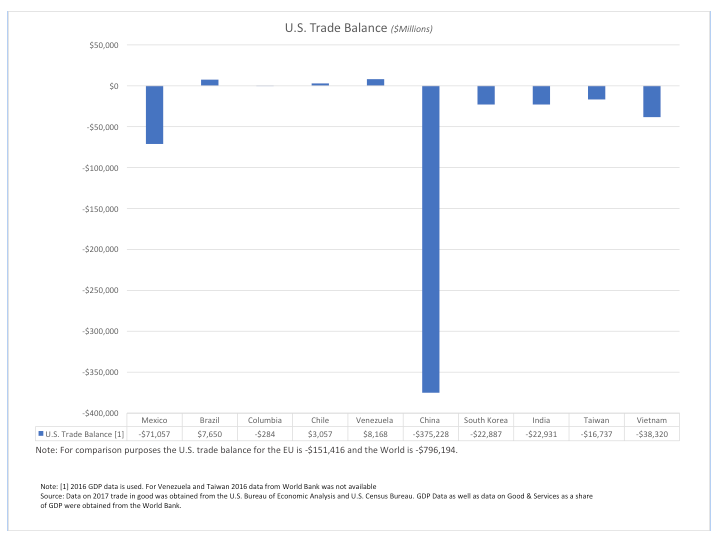Budget deficits, tariffs and protectionist government policies have the potential to slow economic growth in the United States and abroad. What risks and opportunities should fixed income investors consider in this new era?
U.S. Markets: Recent Events And Factors
Several influences have increased U.S. deficit projections and the likelihood of higher interest rates and lower bond prices. In recent months, the United States passed a $1.5 trillion tax reform bill and a $1.3 trillion omnibus budget bill. Both pieces of legislation will increase the deficit and will result in more federal borrowing.
With a low national savings rate of 2.2 percent, the U.S. federal government must finance its deficit by borrowing money, much of which will originate from outside the United States. If foreign trading partners decide not to continue purchasing U.S. debt because of a threatened trade war, the United States faces more economic risk and a negative impact on the bond market.
Most recently, the United States imposed tariffs on steel and aluminum, with an exemption for Canada and Mexico among other countries. The announcement increased the risk of retaliation from other countries, particularly China. In addition, the European Union suggested it might implement tariffs on U.S. motorbikes, clothing and other consumer goods. A trade war would lead to higher material prices, slower economic growth and higher inflation, at the same time as we expect to experience inflationary pressures from high budget deficits and full employment. These protectionist government policies complicate the Federal Reserve’s efforts to manage inflation and unemployment rates.
Tariffs are expected to reduce trade and capital flows between countries. In recent years, protectionist government policies have resulted in tariff retaliations from other countries. In 2009, for example, the United States imposed tariffs on Chinese tires and placed restrictions on Mexican cross-border trucking, prompting China and Mexico to introduce retaliatory trade restrictions.
Risks And Opportunities In Latin America
A trade war presents both risks and opportunities for bond investors, depending on the country. When thinking about countries vulnerable to a potential global trade war, it is useful to think about trade volumes as well as trade diversification.
Only four Latin America (LATAM) countries fall within the 30 most important U.S. trading partners of 2017: Mexico, Brazil, Colombia and Chile. Of these, the American trade relationship with Mexico dwarfs the other three. With over $550 billion in annual bilateral trade in goods, Mexico is the third largest trading partner with the United States, closely behind China and Canada. Brazil ranks as number 12 with over $65 billion in total trade in goods with the United States.









